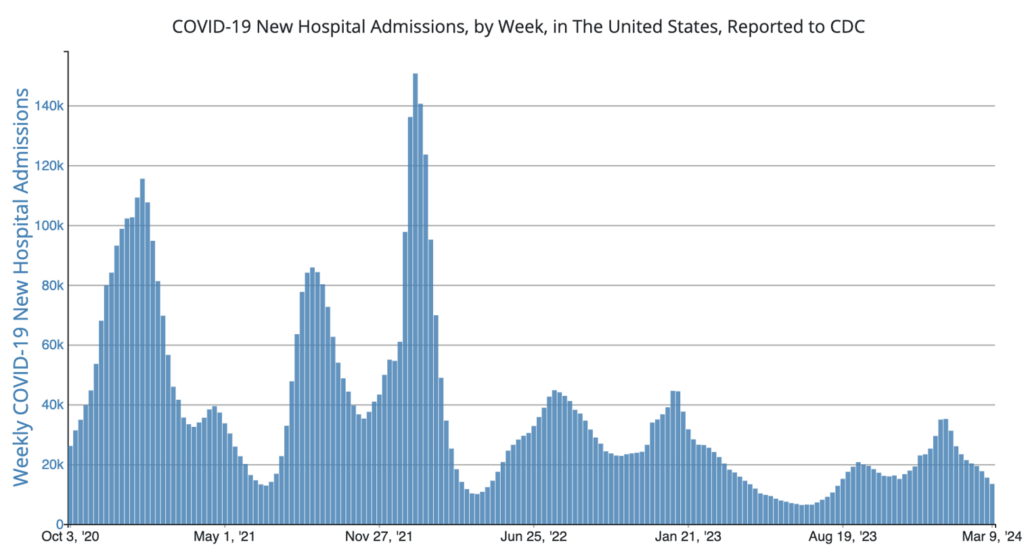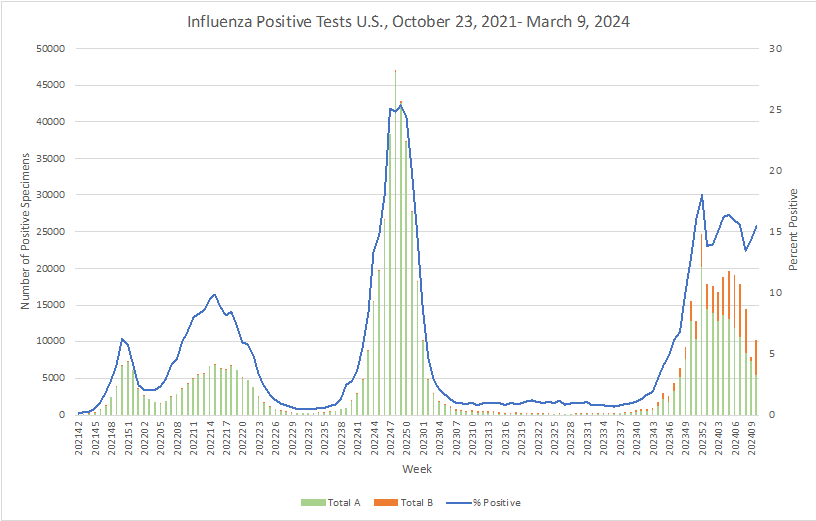Tuberculosis (TB) is the world’s top infectious killer. While it primarily impacts low- and middle-income countries, the U.S. is not immune. In fact, while the number of U.S. cases dropped at the start of the pandemic, there was a 5% increase in 2022, from 7,874 in 2021 to 8,300 in 2022. TB is preventable and curable, yet around the world, 10 million people still fall ill with TB each year, and 1.5 million die. The number of cases is due to both a lack of awareness and a deficit of resources – in the U.S. as well as elsewhere.
On March 24, 2024, we observe World TB Day with the WHO theme “Yes! We can end TB!” The theme is intended to convey a “message of hope that getting back on track to turn the tide against the TB epidemic is possible through high-level leadership, increased investments and faster uptake of new WHO recommendations.”
Artificial intelligence (AI) is now helping to build confidence in that hope through an algorithm-based tuberculosis (TB) screening that enables automatic reading of chest X-rays for immediate diagnosis. The AI screening tool, qXR, has been deployed by Mumbai-based Qure.ai, a not-for-profit India Health Fund (IHF), across 139 health facilities in India since February 2020. With more than 120,000 individuals screened thus far, 30%-40% more incidental cases have been identified that would otherwise have been left undiagnosed. The screening was implemented because there were not enough radiologists who could read the X-rays in many remote sites. With the AI screening able to immediately interpret an X-ray scan and deliver a diagnosis the same day, many patients, who would otherwise have been lost because they had to travel long distances, were able to be informed and receive treatment. Additionally, the extension of the screening to patients who were seeking other treatments enabled even more diagnoses.
TB is spread through the air from an infectious person when they cough, speak, or sing. Although casual contact is not believed to be a significant risk factor, anyone exposed to TB should be tested to determine if medical care is needed. Additionally, patients must strictly adhere to medical protocols following advice from medical professionals; medications usually need to be taken for as long as 6 months. If an employee were diagnosed with TB in the workplace, the employer should start by contacting the local health department and identify potentially exposed coworkers, especially those who share close working spaces with the diagnosed employee.
For more information on tuberculosis, see TAG’s Infectious Disease Fact Sheet, or give us a call to aid in your infectious disease business protection efforts.
COVID Risk Matrix:

Influenza:


- Researchers in Australia have shown that the incidence of symptoms denoted “long COVID” is no greater than such occurrence associated with other respiratory viruses. Because of this, they suggest that the term “long COVID” be dropped but do acknowledge that the symptoms that some people experience are indeed real.
- The Chicago health dept is reporting measles cases at a shelter for newly arrived migrants. At least 7 cases have been reported.
- As measles cases keep appearing in more parts of the country, new projections suggest there’s a high chance Canada may experience a “sizable outbreak.” As of March 15, at least 31 cases of measles have been reported so far this year across the nation. That number is the largest annual total since 2019 and more than double the number of cases reported last year.
- Kerala, India is witnessing a mumps outbreak with 2,505 cases reported this month, especially among children, and 11,467 cases in a little over two months this year. Mumps vaccines are not routinely given to children but are available.
- The US FDA warned consumers to not consume and retailers to not serve raw oysters harvested on Feb 20, 2024, in Westport, CT due to norovirus contamination.
- In Alberta, since November 2023, 39 pertussis cases have been identified, all locally acquired. The disease is cyclical, with reported rates in Canada and in other countries being higher every two to five years. Cases in Canada range from 500 to 4,500 annually.





